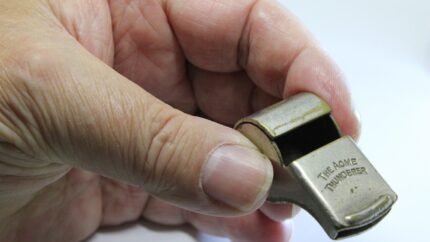Preserving food like a caveman taps into the oldest traditions of human survival. Before the advent of refrigeration and chemical preservatives, early humans developed methods to keep their food edible for longer periods, ensuring their survival across seasons. These ancient techniques, simple yet effective, can still teach us a lot about natural food preservation today. Let’s get started.
1. Drying and Smoking
One of the most ancient methods of food preservation is drying. Our ancestors would lay meat, fruits, and vegetables under the sun or hang them near the fire to remove moisture. This process significantly slows down the growth of bacteria, yeasts, and molds, which thrive in moist environments. Smoking, closely related to drying, adds another layer of preservation.
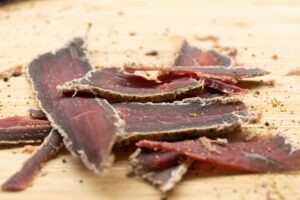
The smoke from burning hardwoods like hickory or maple imparts phenolic compounds into the food, which have antimicrobial properties and help preserve the food while adding a rich, smoky flavor. To dry or smoke food like a caveman, find a sunny spot or build a small fire and position your food where it can receive ample heat and smoke without cooking.
2. Salt Curing
Salt is a powerful preservative that early humans discovered could keep their food safe for consumption over extended periods. By covering meat or fish in dry salt or soaking them in a salty brine, they could inhibit the growth of bacteria.
This method, known as salt curing, works because the salt draws moisture out of the food (and any potential microorganisms in it), making it inhospitable for bacterial growth. To try salt curing, thoroughly coat your meat or fish in salt, ensuring it penetrates the flesh, then store it in a cool, dry place.
3. Fermentation
Fermentation is another age-old technique that preserves food and enhances its nutritional value and flavor. Early humans might have discovered fermentation accidentally when their stored grains, fruits, or vegetables started fermenting.
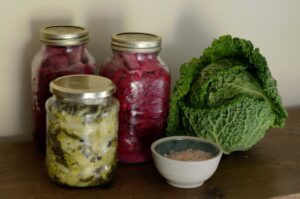
The process involves natural bacteria converting sugars into lactic acid, a natural preservative that prevents spoilage. Fermented foods like kimchi, sauerkraut, and yogurt have their roots in this ancient practice. To ferment like a caveman, create an anaerobic (oxygen-free) environment for your chosen food in a container, add some salt, and let the natural bacteria do the work.
4. Cold Storage
Cavemen didn’t have refrigerators, but they understood the principle of cold storage. In colder climates, they would store perishable items in caves, cellars, or even buried in the ground where temperatures were cooler and more stable.
This method slows down the decay process by reducing the food’s temperature, which in turn slows down enzyme activity and microbial growth. To utilize cold storage, find the coolest place available to you, which could be a cellar, a shaded pit, or any area away from direct sunlight and heat sources.
5. Packing in Fat
An interesting method of preservation involves packing food in fat. Fat acts as a barrier to oxygen, moisture, and bacteria, effectively sealing the food from spoilage. This method was particularly useful for preserving cooked meats.
By submerging the meat in rendered fat or lard, early humans could create a protective seal around it. To try this at home, cook your meat thoroughly, place it in a container, and cover it completely with melted fat. Once the fat solidifies, it will create an airtight seal.
6. Utilizing Natural Coolants
Beyond cold storage in caves or cellars, our ancestors leveraged natural coolants like snow and ice to preserve their food. In winter, they would bury perishable items in the snow or ice packs, utilizing nature’s freezer.
This method was especially crucial for communities living in regions where seasonal changes dramatically affected food availability. To mimic this method, you can use natural or artificial ice to create a makeshift cooler when outdoors, ensuring your perishable items remain fresh longer.
7. Ash Preservation
Another less common but effective preservation technique involves the use of ash. Early humans discovered that burying perishable food in clean, dry wood ash could extend its shelf life. The ash acts as a desiccant, absorbing moisture and creating an environment inhospitable to bacteria and insects.
Additionally, the alkaline nature of wood ash can prevent the growth of molds and fungi. To try ash preservation, ensure the ash is cool, dry, and from hardwood to avoid any harmful residues. This method is particularly good for root vegetables and can be a fun experiment for those interested in primitive preservation techniques.
8. Herbal Preservation
Our ancestors were deeply attuned to their natural environment, understanding the properties of various plants and herbs not just for flavor but for their preservative qualities. Certain herbs, like rosemary, thyme, and sage, contain natural oils with antimicrobial properties.
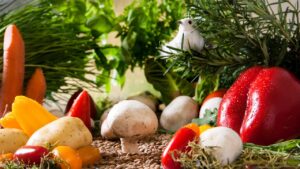
By wrapping food in these herbs or incorporating them into the preservation process, early humans could add an extra layer of protection against spoilage. To incorporate herbal preservation into your practices, experiment with wrapping foods in aromatic herbs before employing other preservation techniques, such as drying or packing in fat.
9. Leathering
Leathering is a term used to describe the process of transforming fruit into a dense, chewy form that we might recognize today as fruit leather. By mashing up fruit and then drying it, either in the sun or over a fire, early humans created a sweet, nutritious food source that was resistant to spoilage and easy to store and transport.
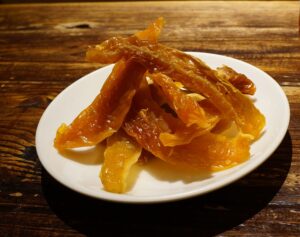
This method concentrates the fruit’s sugars, naturally preserving it. To make your own fruit leather, puree ripe fruit and spread it thinly on a drying rack or flat stone in the sun, ensuring it’s protected from insects with a mesh or similar covering.
While modern technology offers more convenient solutions for food preservation, revisiting these ancient methods provides valuable insights into sustainable living and a deeper connection with our ancestral heritage.
By adopting even a few of these methods, we not only reduce our reliance on modern conveniences but also foster a deeper appreciation for the natural world and the bounty it provides. So whether you’re an outdoor enthusiast, a survivalist, or simply curious about traditional ways of life, preserving food like a caveman is a fascinating and practical skill to explore.
If you want to learn more about Food for Survival including more food preservation methods, check this out: The Lost Super Foods



